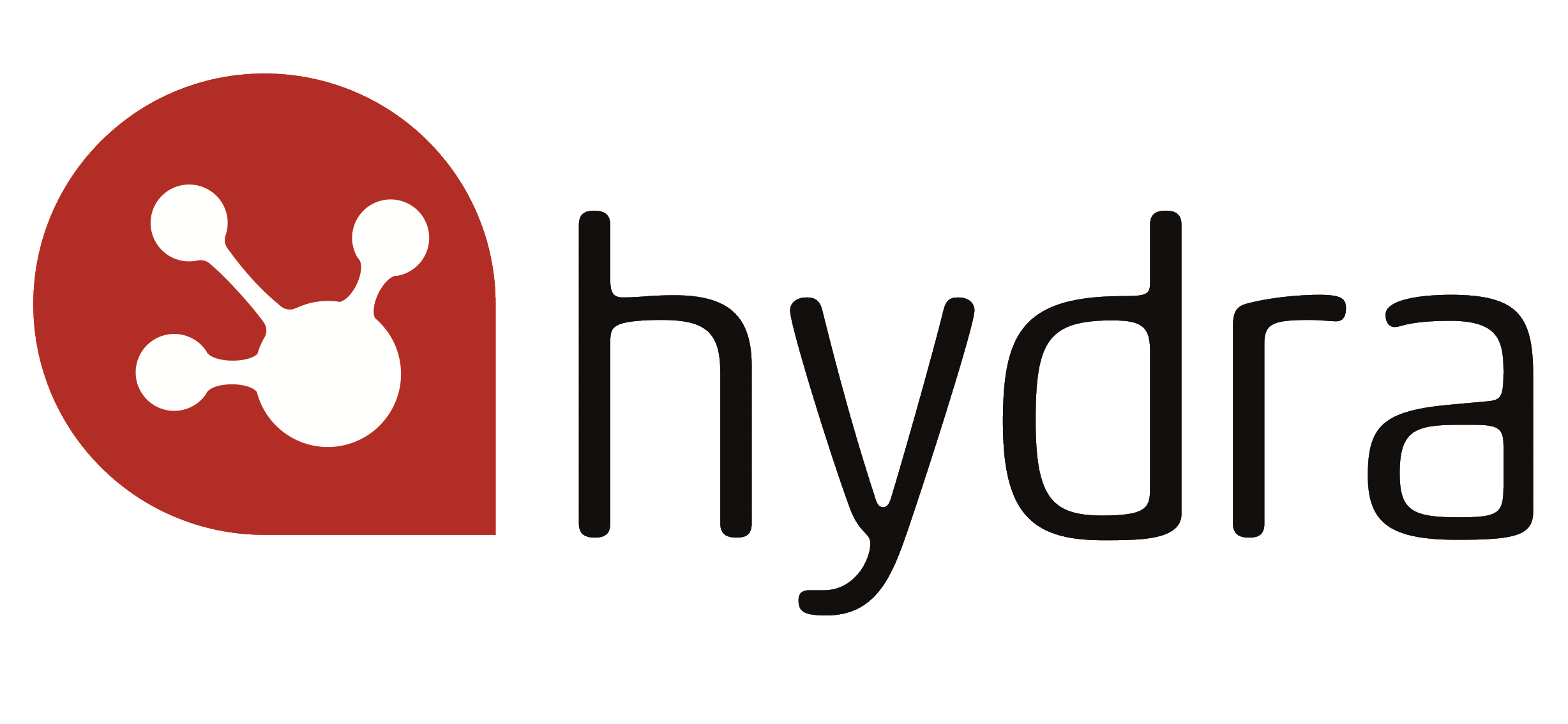Capturing and Learning from Project Experiences; how slowing down can help you become more efficient in your project delivery
In a world where organisations are rushing from one project to the next there’s a little or no time to pause to make the small changes to improve the next project by incorporating lessons learned from the last. Hydra’s Sales Director, Phil Kirkham, explains why companies should take a moment to learn from their project experiences and capture innovations to become more efficient, improve processes and most importantly increase profitability.
The Cobbler's Shoes
Did you ever look at a cobbler’s shoes? I did, my grandad owned a cobbler’s shop on Bentley High Street, just outside Doncaster. You would like most people have assumed his shoes were always shiny and looking as good as new, unfortunately not. He was always too busy repairing other people’s shoes and had too much on to bother with his own. It’s always struck me that similarly the organisations that I have worked for have the worst processes and little time to change their lot, literally always off to the next customer to discuss what it could be like without the time to pause for long enough to look and make the changes that would improve the things that would make the difference.
There are a huge variety of consultancies out there but, whether they are in IT or Operational Performance, they all have one common characteristic: they all have to manage hundreds of projects for their client base. This means that the allocation of their time and the services they provide has to be managed, invoiced and the cash collected. And it would seem that on the face of it, all is well.
'Approximately 80% of companies use a software vendor to implement the software they've purchased'
As a rule of thumb, approximately eighty percent of companies use a software vendor to implement the software they’ve purchased, suggesting they are satisfied with their software vendor. The reality I am sure is most would lose too much face by suggesting anything else. To support the argument that all is not as rosy as the research suggests, potentially explains the reason most consultancy firms give so much away. What makes it worse, from experience I am aware clients rarely deliver their side of the agreement. Are businesses delivering projects, practising what they preach or do they in fact throw their implementation methodologies in the bin and wheel out ‘Superman’ the best consultant who knows it all and, by not helping get his colleagues up to speed, helps rescue almost every project?
Look after your own assets
The analogy of the cobbler’s shoes is a good one in this instance - I know, I’m back to footwear but bear with me. My grandad was so busy with his work that he always forgot that he also needed to look after his own asset, namely his own shoes. Similarly, busy consultancies can lose sight of the fact that they have to project manage the entire project, not just their own. Forgetting this can dramatically affect your business without you realising, sending consultants on site without the work generally means you are doing your clients work and burning holes in your project resource. In a month, you’ll be sending in the Project Sponsor to attend an “Escalation Meeting” to get things back on track.
Digging a little deeper, the twenty percent who are not happy either don’t pay for the work that’s been completed or enter into long protracted debates about why and where things went wrong. It often appears, more often than not, that getting back on track translates to both parties reaching an amicable agreement and walking away with their heads held high, whereas a wonderful professional services software solution would have provided enough evidence to recover some of the cost of labour and most of the expenses incurred.
If this sound’s familiar, I suspect it’s always been like that and being a Director means it’s your job to face the music in about one in four projects. Instead of attending the next Escalation Meeting, have you ever thought of back tracking to see where the problem started and fix the problem? Instead of focusing on evidence, is it worth focusing on whether you and the customer were perfectly aligned, were you working to the same plan, the same goal and most importantly the same success criteria? Did you and the customer have the same view of the project, were you both investing and completing the tasks you were promising, were your respective project managers focusing on the risks and mitigation strategies or were they composing not conducting?
A common misconception of a Project Manager is that once the Project Methodology has been introduced and a plan has been crafted and handed over to the customer everything will go swimmingly. it’s about as likely as crossing your fingers will bring you all the luck you need. However, we all know from past experiences that this is not necessarily the case, your team may well be doing a great job, but it doesn’t mean anything if your client isn’t happy and without your finger on the pulse, how would you know? You could wait for the call from accounts, who are asking about the agreement because of the number of queries that have been raised, worse case they may even ask you to chase an invoice that’s not been paid. It’s probably again a bit late. In formula one they use telemetry to advise you on progress, why wouldn’t you want some?
Employ Lessons Learned
A consultancy is at its most profitable when the professional and commercial aspects of the business are equally balanced; doing a great job and running a great business. That means firms need to have a structured approach to the way that they manage clients and projects. Using the lessons learned in the last project and incorporating them into both the projects inflight and those about to start is likely to help you improve. Making sure that successful risk mitigation is built into the plan from the start, then should one arise a proven strategy can be deployed again, it is more likely to be successful than working it out afresh. If you have a ‘Superman’ ask him to document what it is he does so those less experienced consultants can get up to speed quicker.
Management need firstly to be proactive in wanting to educate their staff. There is absolutely no substitute for a hands-on, face-to-face approach. Let’s use my Grandad as an example again: he makes his money from the end-product, the price he charges incorporates his time, energy, premises and materials. Similarly, he agrees a contract before work has begun, so it is vital that it doesn’t take more time than he’d budgeted because he wouldn’t be paid until he hands back the shoes, getting it wrong meant a late night.
It is important to understand why some firms fail to manage their own ‘project’ effectively. The first, and possibly the most common, mistake is to fall into the trap of over committing. A client, often a new win, can take up far more resource than expected. It’s important to understand that when the sales person said that a successful project takes about twice as many client hours than consulting hours, he meant the client needed to provide people to deliver those hours. It also means that the project plan needed to reflect this, equally it means if the client hasn’t been able to invest that time, sending your consultant in will typically mean he’ll be sat on his hands or worse case doing the clients work without a change request completed. So, knowing it usually takes twice as much effort for your team at the beginning of the project, this should be factored into the project plan right from the start.
A Consultant’s natural desire to please the client also needs to be managed. You want to give a good impression, that you like them, and that you naturally want to do a good job. But a desire to please can often lead to unsustainable commitments and over-servicing. Giving your team a breakdown of how much time they should be spending on each client can help drive the administrative burden that can engulf daily work. You want your staff to be spending the majority of their time on the billable work. Therefore, you need to create a formal schedule of achievable goals and, critically, an understanding of how much time you want your team to allocate to any given project. Over-optimistic timescales have serious implications for what you can legitimately bill the client. By over committing your team in order to produce the ‘quick’ and successful goals, you can set yourself up for unsustainable targets as the relationship grows. Once you realise you are unable to maintain these levels of work it can be difficult to go back to the client in order to increase the budget. When there is little or no guidance or monitoring of how the project is being managed on a day-to-day basis it can lead to legitimate, billable man-hours slipping under the radar and becoming a cost that you have to absorb. Comparing the effort taken to do the task last time helps you understand whether the process is efficient or not.
Develop a Blueprint for success
Management dealing with a new business lead suddenly have an accurate reference point of similar past projects which they can refer to. They can then give new clients a more detailed breakdown of time scales and costs than they would possibly have been able to do without one. The project schedule will therefore not overstretch staff and also enable clients to have clear, defined expectations. There may be quite a few areas that need to be addressed in order to cut down on the un-planned, written-off time that can cost consultancy divisions early. Developing a Blueprint for success and a structure in place helps you address these issues and your business can stamp out failing projects.
My grandad always left his customers with a single nail just under the cover of their innersoles, he knew that if his customers walked lightly they’d not be back too soon and he’d be able to keep all his other customers serviced, as people left he always suggested they ‘walk lightly!’"
To learn more about how you can 'slow down to speed up' connect with Phil on LinkedIn.
If you would like to learn more about how Hydra is helping it's customers be more profitable you can read through our case studies.


